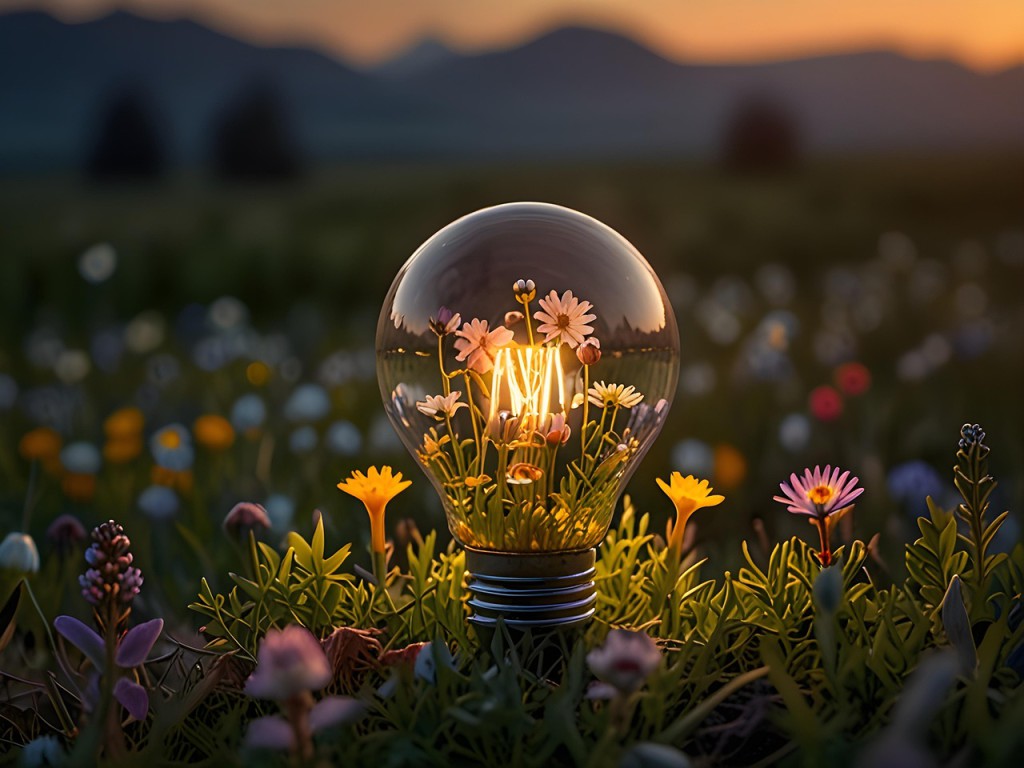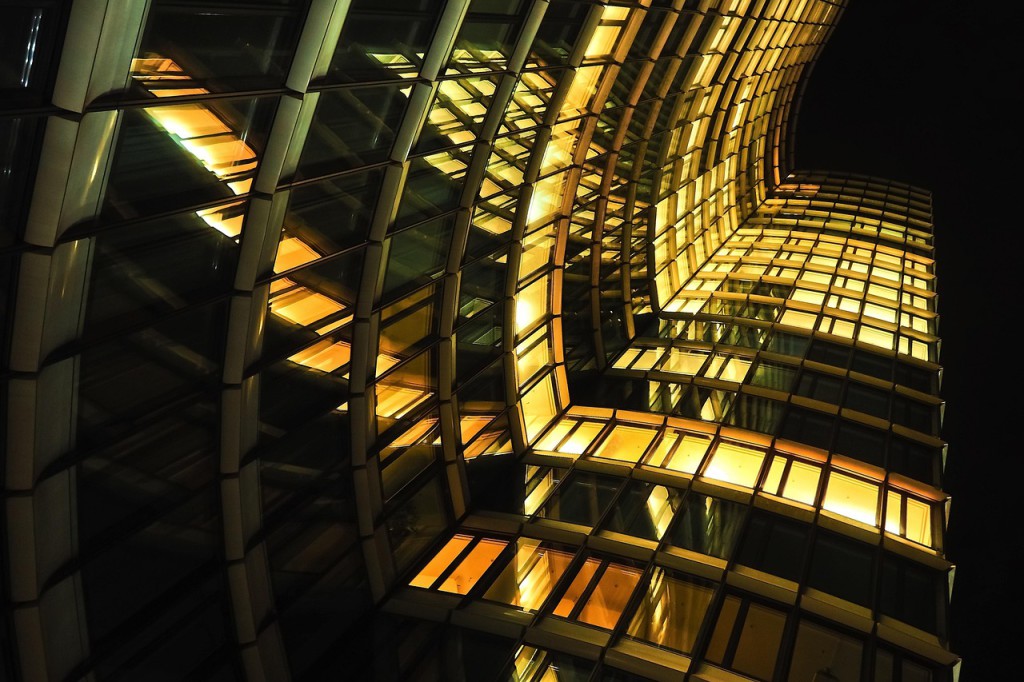Lighting as an asset for sustainability

Modern luminaires are far more than just light sources; they’re valuable assets that help achieve sustainability goals. Martin Thompson, Technical Services Manager & Sustainability Lead from Tridonic UK, shares insights on how facilities managers can leverage performance data from luminaires to meet Net Zero carbon targets.
Sustainability is understandably one of the top priorities for those working across the building sector. The ethical and social pursuit of achieving Net Zero is underpinned by rapidly evolving regulatory frameworks to deliver a greener future. These frameworks require continued attention to reducing energy use, improving efficiency and embedding sustainable practices across the full lifecycle of buildings.
For facilities managers, engineers and designers, this means understanding how new technologies and approaches can be applied to meet both regulatory and environmental expectations. In recent years, solutions have emerged that combine lighting hardware with digital management tools, offering energy savings and operational efficiencies while also enabling smarter long-term asset management.
The redefinition of luminaires
One of the most significant shifts in thinking has been the redefinition of luminaires from consumable products into essential building assets. In this view, lighting is no longer only about output and efficiency at the point of installation but also about the data it can provide throughout its operational life. Much like other critical systems in a building, luminaires can now supply insights on health, usage and performance, which can be used to guide more sustainable practices.
One such example is Tridonic’s Building Asset360; an innovative market approach to creating sustainable solutions for projects. This strategy fundamentally shifts the perception of luminaires from simple light sources to critical building assets and enables the exploration of data on the performance and health of each luminaire. Focusing on the operational phase of the building’s lifecycle, it views the lighting luminaire as an asset – much like a boiler – that provides data on its health and performance.
Interoperability with building management systems (BMS) also strengthens this perspective, particularly in retrofit markets where integrating new capabilities into existing infrastructure can provide measurable benefits without the need for major construction works.
A whole-life approach
The connection between luminaire performance data and Net Zero carbon goals lies in adopting a whole-life approach. Maximising the use of existing assets, rather than replacing them prematurely, reduces both waste and embodied carbon. This principle is echoed in guidance from organisations such as the World Green Building Council (WGBC), which emphasises extending asset lifetimes and avoiding unnecessary construction as central strategies for lowering emissions.
The WGBC makes clear the best path to lowering embodied carbon and to raise the overall sustainability of buildings is to maximise the use of existing assets and to explore opportunities to avoid construction altogether.

Another technological solution that the building industry can leverage is lumDATA. This is essentially a data bank drawn from a luminaire, providing meaningful data in three main areas – asset, energy and diagnostic.
Technology such as this is key to managing performance and function throughout a luminaire’s life. Harnessing this data enables intelligent maintenance and lifecycle analysis that can lead to reduced planned maintenance costs. It is also an important part of the reduction of operational carbon through reduced ‘on’ time, extended maintenance cycle and performance based replacement.
These developments can even allow drivers to have a second life, as many are disposed of when luminaires are replaced or changed – often much shorter than their design life would allow for.
Actionable insights
As lighting systems become increasingly digital, tools that analyse performance data are becoming more advanced. Artificial intelligence (AI), for example, can be applied to identify usage patterns within a building, highlight inefficiencies and generate tailored recommendations for optimisation. Reports produced in this way provide facilities teams with actionable insights that align lighting operation more closely with actual building use, maximising efficiency without compromising occupant comfort.
By embracing the many different technologies and practices that responsible manufacturers have developed, the building industry is in a stronger position than ever before to meet sustainability targets. Through an understanding of how data can be leveraged to improve the longevity and performance of lighting systems, the industry can move closer to realising greener and more efficient built environments.
As sustainability targets continue to tighten, the ability to capture and act upon luminaire performance data will remain an important tool in achieving those goals.







